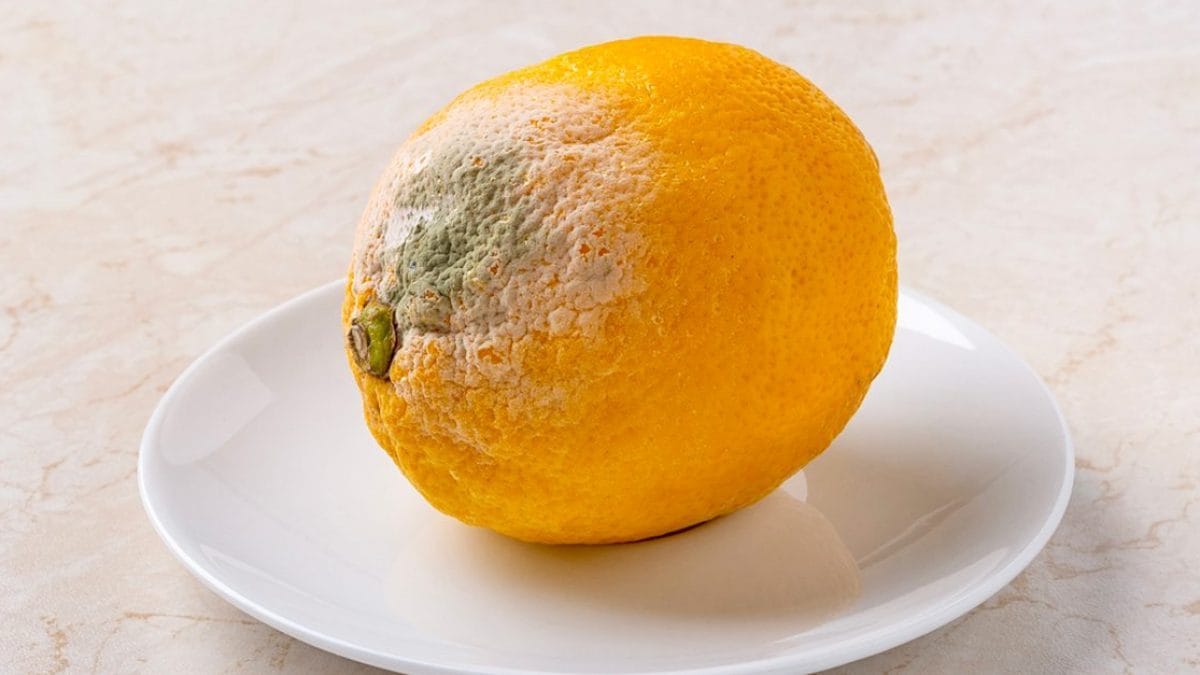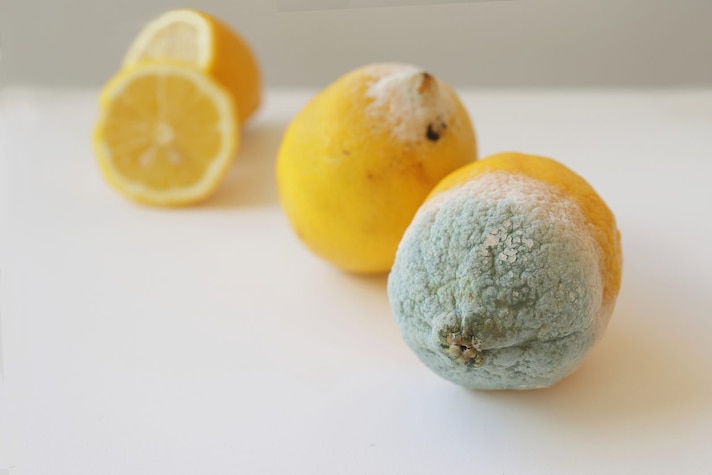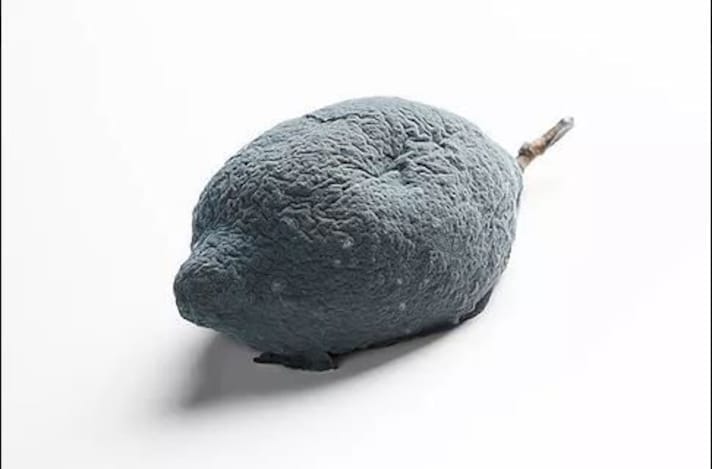
Perfect for sweet and savory dishes, risotto and chicken, cakes and refreshing drinks, lemons are an essential ingredient in your kitchen. Unfortunately, they're also prone to mold, those tiny fungi that thrive in humid environments.
You surely know that mold can be dangerous for our body, but what you perhaps don't know is that not all mold is the same, and while it causes immediate deterioration in some foods, others can still be consumed, at least in part.
Lemons, according to many opinions, fall into this category, so much so that a famous chef, Terry Giacomello, made a moldy lemon one of his most famous dishes. But is this really true? Is it safe to use and eat moldy lemons?
Is It Safe to Eat a Moldy Lemon?
You'll have noticed that lemons are a food that grows mold very easily, whether you keep them in the refrigerator or not. There are methods to preserve them longer, but sometimes even this isn't enough: especially if the lemons have been damaged or exposed to humid weather conditions (wind, rain, hail), they are more likely to mold.
What you may not know is that not all molds are harmful. In fact, there are a number of molds considered beneficial, considered so because they are not toxic, but rather useful for achieving high quality in certain products. Cheeses, for example, such as blue cheeses, would lack their unique characteristics, just as the aging of cured meats would lose a fundamental ally, and even some renowned wines would no longer exist.

The mold found on lemons belongs to the Pennicilium family, which is all those molds that are completely harmless to humans. So if the outside of a lemon is covered in mold, don't worry: you can still eat it, and if you accidentally ingest even a small amount of mold, it won't harm your body.
However, it would be better to avoid consuming a moldy lemon, since mold indicates a deterioration of the fruit, and therefore a loss of its flavor and healthy properties.
The Story of a Courageous Dessert: Terry Giacomello's Moldy Lemon
Still not convinced about the edibility of a moldy lemon? Perhaps you're unfamiliar with one of the most daring and unique desserts ever offered by a restaurant: the famous lemon by Terry Giacomello, a Michelin-starred chef known for his revolutionary ideas.
For a long time, the signature dish of his former restaurant, Inkiostro, was the Forgotten Lemon, a moldy lemon, candied and stuffed with an Italian lemon meringue filling. The chef came up with the idea after discovering that the mold that forms on moldy lemons is of the Penicillium genus, the same as that found on Roquefort and blue cheeses in general.

From that discovery came the experimentation to create the dessert, in which the fruit is blanched and inoculated with mold. Once inoculated, the Roquefort mold is dissolved in milk and brushed onto the citrus fruit. The mold develops over the course of six days at 71°F/22°C. The citrus fruit is blanched 10 times to eliminate the bitterness and then subjected to a traditional candying process in a syrup of water and sugar.
Terry Giacomello was the first to experiment with mold on lemon, but the first ever to "play" with the combination of good molds and fruit: Andoni Luis Aduriz was already famous for letting an apple go moldy by inoculating it with two molds, in this case those of Camembert.
;Resize,width=767;)
